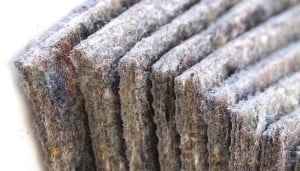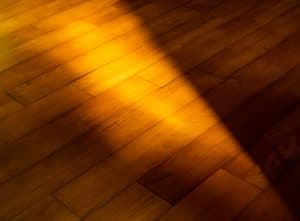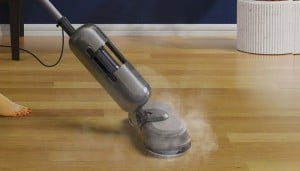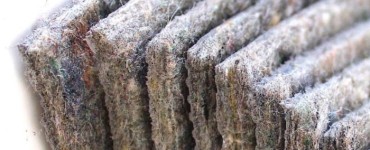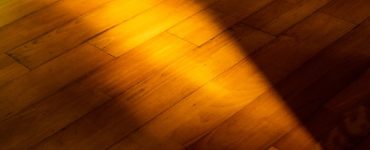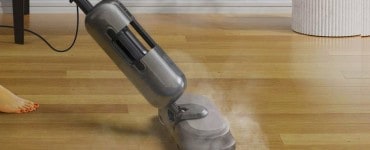Prefinished hardwood flooring is a popular option for people who are looking for a durable and long-lasting flooring solution. This type of flooring is created by first covering the surface of the wood with a thin layer of finish, then applying a second, thicker layer of finish to the top.
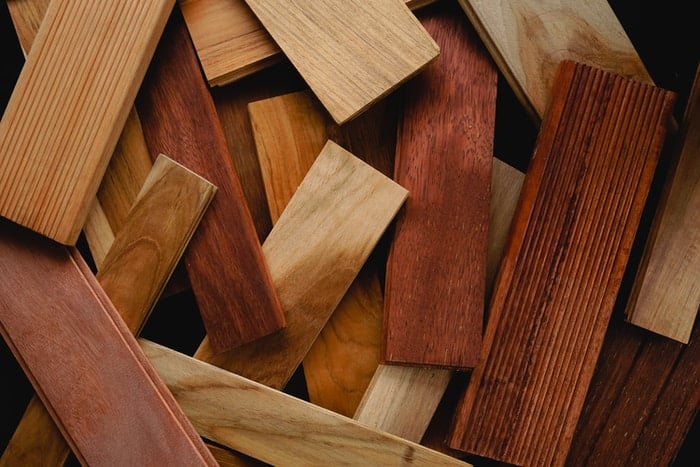
This process helps to prevent moisture and dirt from sticking to the surface of the wood, which can lead to long-term wear and tear.
Advantages of Prefinished Hardwood Flooring
Prefinished hardwood flooring is a popular choice for homeowners looking for a beautiful, durable flooring option. Here are some key advantages to consider when selecting prefinished hardwood flooring:
Durability
Prefinished wood floors are made from high quality wood that has been finished and sealed. This means that the wood is resistant to moisture, scratches, and other damage.
Appearance
Prefinished hardwood floors look great and can last a long time if cared for properly. They also come in many different styles and colors to suit any home décor.
Price
Prefinished hardwood floors are generally cheaper than traditional wood floors. This is because the installation process is not as intensive, so there are fewer pieces of wood required.
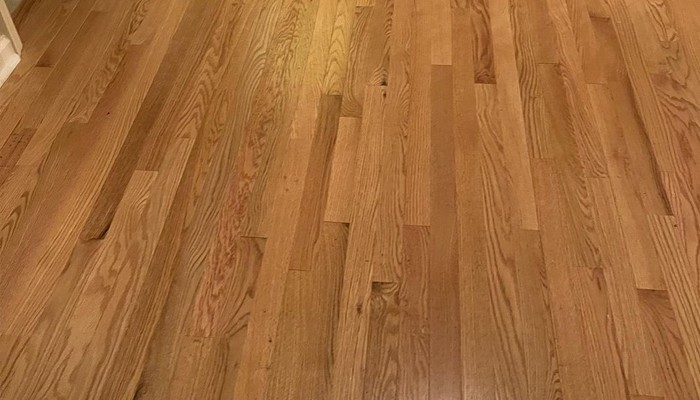
Disadvantages Of Prefinished Hardwood Flooring
Prefinished hardwood flooring is a popular option for people who want a floor that looks good and is easy to care for. However, there are some disadvantages to prefinished hardwood flooring that should be considered before making a decision. Here are eight of the most common disadvantages:
Limitation
Before you choose prefinished hardwood flooring, be aware of it’s limitations. Prefinished hardwood floors typically have a width of 8 feet and a length of 12 feet, which means they cannot be used in places where those dimensions are not available.
Difficult to Repair
Prefinished hardwood flooring can be difficult to repair if something goes wrong. Unlike traditional wood floors, which can be sanded and refinished, prefinished floors are usually glued and screwed together, making them more difficult and expensive to fix.
Open Seams
One of the biggest disadvantages of prefinished hardwood flooring is the open seam problem. Open seams can be very noticeable and can cause some serious durability issues over time. They also tend to show dirt and dust much more easily, which can lead to an overall messier appearance.
Difficult to Refinish
Prefinished flooring is often difficult to refinish or repair, which can be a major downside if something goes wrong. Additionally, prefinished floors tend to wear more quickly than unfinished floors and may need to be replaced sooner.
Prefinished Hardwood Flooring vs. Engineered Wood Flooring
Prefinished hardwood flooring is a great choice for people who want to have a beautiful, durable floor but don’t want to spend a lot of time and money installing it. Engineered wood flooring, on the other hand, is a better choice if you want your floor to last longer and be less expensive in the long run. Here are some key differences:
- Prefinished hardwood floors can be sanded, stained, sealed and painted right after they’re installed. This means you can change the look of your floor quickly and without having to tear it up and replace all the boards.
- Engineered wood floors need to be finished before they can be used. This includes being stained, sealed and often finished with a coat of varnish or lacquer.
- Engineered wood floors can be custom-sized so that they’re perfect for your space.
- Engineered wood floors are made from solid pieces of wood, which requires less glue and fewer boards than prefinished hardwood floors.
Installation Of Prefinished Hardwood Flooring
Prefinished hardwood flooring is a great way to update your home without spending a lot of money. The installation process is relatively simple, and you can get beautiful floors in just a few hours. Here are the steps you need to follow to install prefinished hardwood flooring:
- Start by measuring the space where you want the new flooring to go. Use the measurements you took when you bought the flooring, or use the dimensions of the room if they’re available.
- Next, mark out where the edges of the floor will be with a pencil or chalk line. This will help you keep track of where each piece of wood goes during installation.
- Remove any furniture or objects from under the floorboards and around doorways, as these might block access to certain areas during installation.
- Remove the old flooring, then cover the exposed wood with a wood sealer.
- Now it’s time to put your new flooring in place.


